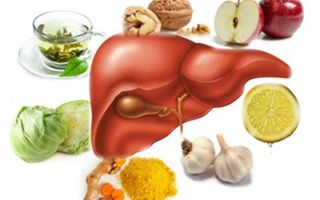Content
Liver pathologies differ in prevalence, which is associated with the influence of various adverse factors on the organs. A diet for liver disease accompanies drug therapy and helps restore the functions of the gastrointestinal tract.
The need for a diet for liver disease
Experts explain liver diseases by the frequent use of drugs, toxic and viral effects. Often diagnosed with chronic hepatitis, which is an inflammatory process of the liver. Their peculiarity lies in the absence of signs in the vast majority of cases. Diseases are detected by palpation of the liver, which is usually enlarged (hepatomegaly). Identifying changes in liver function tests is essential.

Sometimes the disease begins with decompensated cirrhosis of the liver, which is manifested by the following symptoms:
- ascitic syndrome;
- bleeding due to dilated veins of the esophagus.
The liver performs vital functions in the body:
- participates in digestion;
- produces bile;
- deposits glycogen;
- regulates carbohydrate metabolism.
Against the background of acute and chronic diseases of the organ, insufficiency occurs. This is manifested by suppression of liver functions, the most important of which is detoxification. It is known that the body helps to detoxify poisons and toxins, removes excess vitamins and hormones from the body.
Acute liver failure is reversible with timely treatment. It is usually associated with severe viral hepatitis, an inappropriate blood transfusion. Chronic renal failure is a consequence of malignant tumors and cirrhosis. This form progresses over many months. The following factors influence the rate of development of chronic liver failure:
- physical overwork;
- gastric bleeding;
- taking alcoholic beverages.
A diet in the presence of liver disease allows the body to recover faster and function adequately. A properly selected diet has a positive effect on the functioning of the digestive system.
Nutrition rules for liver diseases
The diet involves the use of only permitted foods. Fractional nutrition in small portions is essential.
Allowed Products
It is allowed to use grated and boiled products, steamed dishes. Diet for liver disease includes:
- lean meats and fish;
- semi-liquid porridge;
- soups (including in the form of mashed potatoes) in vegetable broths;
- fermented milk products (with a low percentage of liquid);
- stale bread;
- fruits and vegetables.
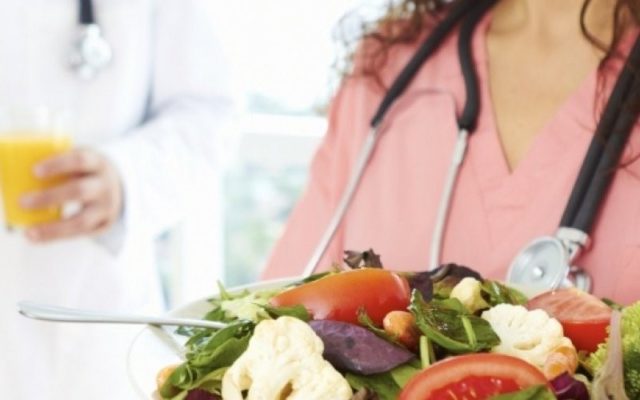
Prohibited foods
The following foods should be excluded from the diet for liver diseases:
- meat broths;
- canned food;
- pickles;
- pickles, spices and spices;
- refractory fats;
- vegetables containing essential oils (radish, green onion, radish);
- coarse fiber (nuts, seeds, mushrooms, rutabagas);
- fatty offal, meat and fish;
- baked goods, pastries with the addition of cream;
- chocolate, ice cream, cocoa and coffee;
- sour fruits and vegetables (in any form);
- egg yolks;
- alcoholic and carbonated drinks.
What diet is needed for liver disease
The diet for liver pathologies includes several types. Diet variations vary according to liver conditions.
For liver diseases, a diet is prescribed, which implies the inclusion of foods that are useful for the organ:
- pumpkin (due to the content of vitamin E, which facilitates the digestion of food);
- Brussels sprouts and cauliflower, broccoli due to the presence of vitamin K, which ensures the normal functioning of the digestive tract;
- carrots and beets, which are rich in provitamin A, which improves the elimination of toxins;
- citrus fruits, black currants, rose hips, containing antioxidants;
- seaweed, including salts of alginic acid and iodine;
- artichoke, which normalizes the outflow of bile;
- low-fat fermented milk products that heal the intestines;
- oat and buckwheat groats due to the significant amount of vitamins belonging to group B, PP;
- cold-pressed oils (hemp, olive, linseed), as they contain vitamin E and omega-3 PUFA;
- dried apricots, which include magnesium and potassium, which reduce the likelihood of developing malignant tumors;
- honey, which activates the production of bile, as well as contributes to the restoration of liver cells.
Strict diet for liver disease
With a strict diet, the diet includes:
- probiotics in the form of fermented milk products;
- foods that contain significant amounts of fiber; sweet fruits and vegetables;
- whole grains.
It is important to observe the optimal drinking regime.
A gentle diet for liver diseases
The diet is a table number 5A. The diet has a gentle effect on the liver, pancreas and other digestive organs. In case of liver diseases in the acute period, the use of mashed dishes and steam boiled products is recommended:
- twisted fish, chicken and other meats;
- boiled vegetables;
- semi-liquid thoroughly boiled porridge.
Atkins diet for liver problems
The diet is balanced and varied. It is designed for 2 weeks:
- Breakfast: bacon and fried eggs. Lunch: baked turkey meat with rosemary. Afternoon snack: 150 g vegetable salad with sour cream dressing. Dinner: stewed vegetables with finely chopped beef.
- Breakfast: cucumber, cheese, ham, a slice of whole grain bread. Lunch: pumpkin puree. Afternoon snack: 250 ml of fermented baked milk. Dinner: meatballs with salmon, vegetable salad.
- Breakfast: banana and low-fat cottage cheese. Lunch: baked rabbit meat. Afternoon snack: curdled milk with fruits and berries. Dinner: fish in batter.
- Breakfast: scrambled eggs, cheese and bacon. Lunch: lean cutlets, vegetables in sour cream sauce. Afternoon snack: tuna. Dinner: squash in batter.
- Breakfast: cottage cheese casserole with raisins and sour cream. Lunch: chicken with vegetables. Afternoon snack: lettuce, cucumber, 2 boiled eggs. Dinner: cabbage rolls.
- Breakfast: chicken fillet, herbs, scrambled eggs. Lunch: pumpkin porridge. Afternoon snack: boiled egg, yogurt. Dinner: vegetables with veal.
- Breakfast: sour cream with cottage cheese and banana. Lunch: fish soup, vegetables. Afternoon snack: kefir. Dinner: steamed salmon.
- Breakfast: kefir and muesli. Lunch: lean borscht, pork. Afternoon snack: green tea and salmon with cheese. Dinner: stuffed eggs.
- Breakfast: protein omelet, cucumber, ham. Lunch: chicken and vegetable soup. Afternoon snack: fermented baked milk. Dinner: cabbage with beef stew.
- Breakfast: kefir and muesli. Lunch: tomatoes and vegetable soup. Afternoon snack: cottage cheese with dried apricots. Dinner: chicken chops with sour cream and cheese.
- Breakfast: vegetable salad. Lunch: lean pork. Afternoon snack: yogurt. Dinner: fish steamed cutlets.
- Breakfast: curd casserole with raisins, sour cream. Lunch: chicken fillet, vegetables. Afternoon snack: cheese and coffee. Dinner: cutlets and beans in tomato paste.
- Breakfast: chicken eggs and vegetable salad. Lunch: ear. Afternoon snack: banana or apple. Dinner: baked mackerel with cheese and sour cream.
- Breakfast: asparagus and scrambled eggs. Lunch: lean meat and vegetable soup. Afternoon snack: salad of cabbage, cucumbers and herbs with the addition of vegetable oil. Dinner: steam turkey.
Diet number 5 for a sick liver
A diet for liver disease involves sparing the organ. Table number 5 is prescribed for hepatitis and cirrhosis in the absence of exacerbation. The diet allows you to unload fat and cholesterol metabolism. Stimulating bowel function is important.
The main diet for diseases of the digestive system is table number 5. It includes several varieties, the choice of which depends on specific pathologies. During the acute period, a maximum sparing diet is recommended (5A).
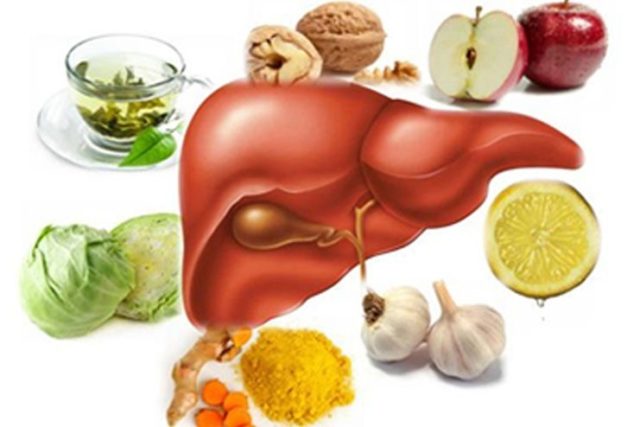
The diet for liver disease should contain:
- reduced amounts of salt and refractory fats;
- an increased amount of so-called lipotropic products, which include whey, buckwheat, cottage cheese;
- soups prepared on the basis of vegetable broths with the addition of cereals;
- uncooked cookies and wheat breads of 1-2 grades (stale);
- lean meat and fish, steamed or boiled;
- small and long pasta;
- porridge on water or with the addition of milk (semolina, buckwheat, rice, oatmeal);
- low-fat and semi-fat fermented milk products;
- protein omelets;
- grated and boiled vegetables;
- boiled, baked and grated vegetables;
- tea with milk or lemon, rosehip infusion.
Diet after liver surgery
Surgical interventions are associated with trauma, tumor removal. After the operation, not earlier than 2 days, kefir with a low percentage of fat, jelly, tea, ½ cup every 3 hours are administered.
You can eat fractional portions (150 g each) from 3 days after the surgical intervention. The diet includes:
- mashed potatoes;
- boiled mashed fish;
- tea or diluted juices (such as pumpkin or apple juice).
On the 8th day, use is recommended:
- mashed porridge (oatmeal, buckwheat);
- boiled meat (whipped with a blender or rolled);
- kefir, cottage cheese, yogurt;
- vegetable puree.
Approximate diet menu for a week for liver diseases
The specified menu can be adjusted, observing the basic principles:
- Monday... Breakfast: tea, poached egg, oatmeal. Snack: juice and cottage cheese with the addition of honey. Lunch: soup with oatmeal and cauliflower, vegetable salad, chicken cutlets and compote. Afternoon snack: baked pears and rosehip juice. Dinner: pumpkin puree with vegetable oil, baked fish and tea.
- Tuesday... Breakfast: buckwheat porridge in milk, tea with curd casserole. Snack: pumpkin porridge and compote.Lunch: vegetable soup, boiled meat, rosehip broth. Afternoon snack: cookies and juice. Dinner: mashed potatoes and fish cakes, tea.
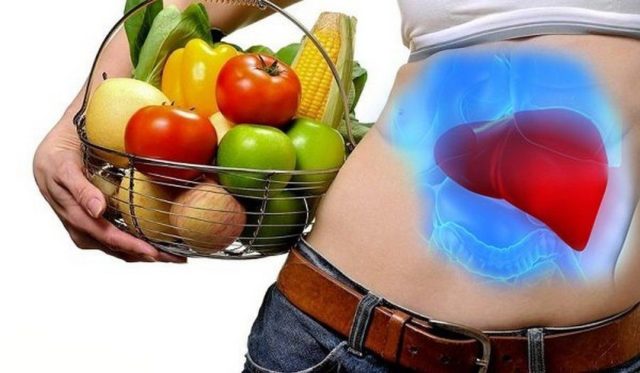 Sweet fruits and vegetables in the diet help the body recover from various diseases.
Sweet fruits and vegetables in the diet help the body recover from various diseases. - Wednesday... Breakfast: oatmeal, cheese, biscuits and tea. Snack: cottage cheese and fruit gravy. Lunch: boiled chicken breast, noodles soup, mashed potatoes, rosehip juice. Afternoon snack: fresh sweet fruits. Dinner: vegetable stew with vegetable oil, hake cooked in sour cream sauce, compote.
- Thursday... Breakfast: cottage cheese, buckwheat milk porridge. Snack: protein steam omelet and juice. Lunch: salad, vegetable marrow soup, casserole with vegetables and chicken, compote. Afternoon snack: pumpkin juice and cottage cheese casserole. Dinner: boiled pike perch, rice with vegetable salad, tea.
- Friday... Breakfast: oatmeal with milk, tea. Snack: fruit salad. Lunch: rice, boiled beef, carrot salad. Afternoon snack: baked apples. Dinner: steamed vegetables, tea, biscuits.
- Saturday... Breakfast: cottage cheese with fruits, tea. Snack: compote, natural yogurt. Lunch: soup with vegetables and buckwheat, steamed turkey cutlets, mashed potatoes. Afternoon snack: pumpkin casserole, juice. Dinner: dumplings with sour cream sauce, steamed vegetables.
- Sunday... Breakfast: rice porridge with milk, rosehip broth. Snack: cottage cheese with dried apricots. Lunch: vegetable broth, boiled veal, buckwheat. Afternoon snack: biscuit biscuits, compote. Dinner: protein omelet, tea.
Recipes for dishes for every day with a sick liver
With a sick liver, as part of the diet, you can eat boiled foods or steamed dishes. The diet includes various dishes that restore the adequate functioning of the organs of the gastrointestinal tract.
Oatmeal and Cauliflower Soup
After boiling, put chopped carrots and potatoes in salted water. After 10 minutes, add several cabbage inflorescences, as well as a handful of flakes.

Chicken dumplings with cottage cheese
Fillet is passed through a meat grinder, cottage cheese, beaten egg, salt, butter are added. The dumplings should be steamed.
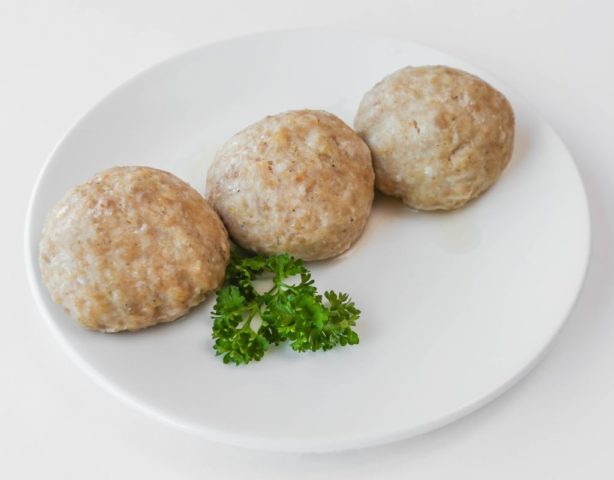
Rice and apple pudding
It is necessary to cook rice porridge, which has a viscous consistency. Then add grated apples, sugar and egg yolk, whipped whites. The mass is laid out in a mold and boiled for half an hour.
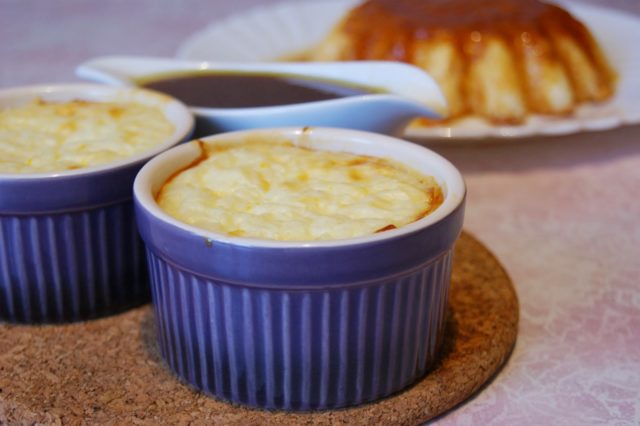
Conclusion
A diet for liver disease allows you to restore the adequate functioning of the digestive system, eliminate pathological symptoms. Experts recommend observing table number 5 for a long time in the acute and rehabilitation periods to prevent recurrence of diseases.

